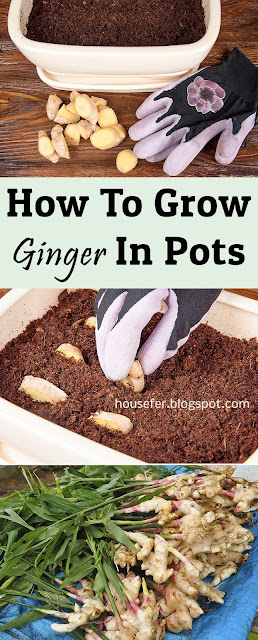How to Care for Christmas Cactus Plants

Christmas cactus plants (Schlumbergera bridgesii_)_ are epiphytes that grow naturally in trees in Brazil. They absorb moisture and nutrients from debris that gets caught in the tree branches. Commonly grown as houseplants, they can also be grown outdoors in pots in U.S. Department of Agriculture plant hardiness zones 9 to 11, as long as they are brought indoors if the weather gets too cold. They can survive temperatures down to 20 degrees Fahrenheit, but their stems will be severely damaged. Rooting a New Christmas Cactus To root a brand new cutting of a Christmas Cactus, be sure to plant in a mixture of moist peat and sand soil. You'll want to place the cactus into the soil about a quarter of an inch. Also, be sure not to overwater your newly rooted cactus to avoid rot. Once fully rooted, you can move your plant to a pot with potting soil for a permanent home. Light and Temperature Place indoor Christmas cactus plants in bright, indirect light. Right next to south-, west- or east-...










